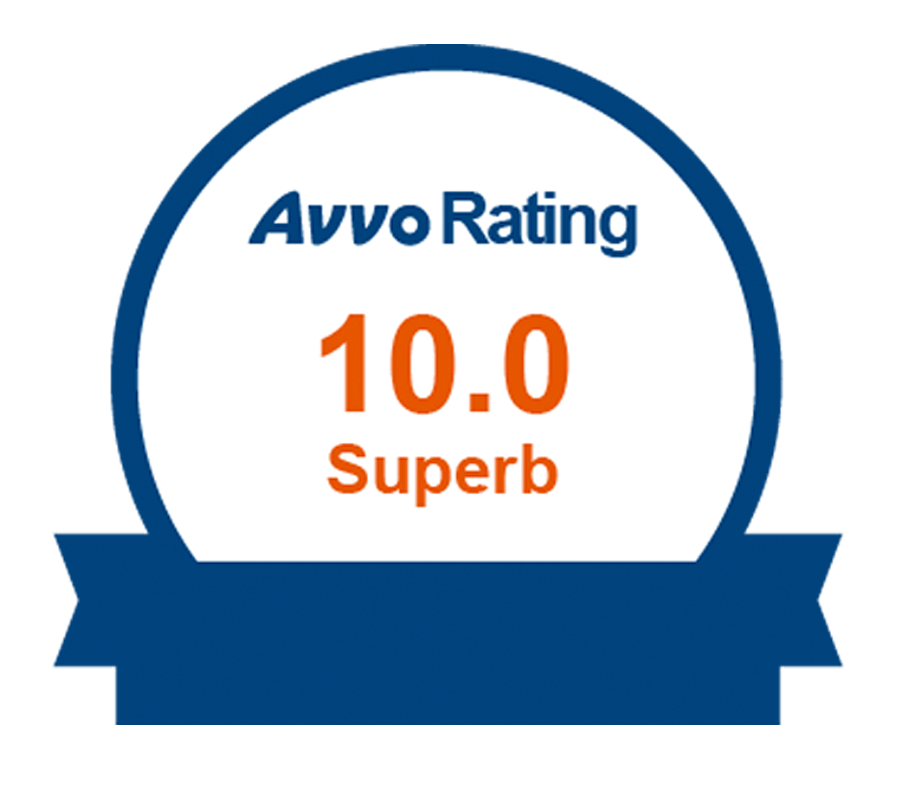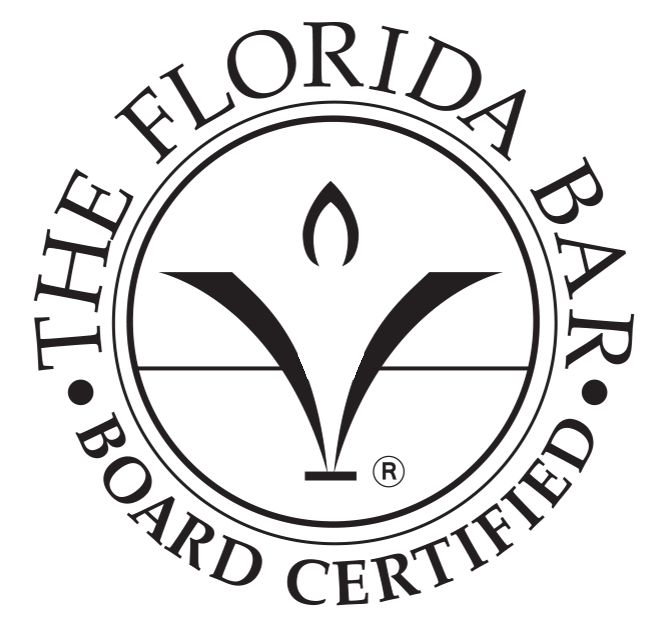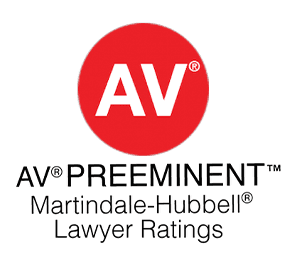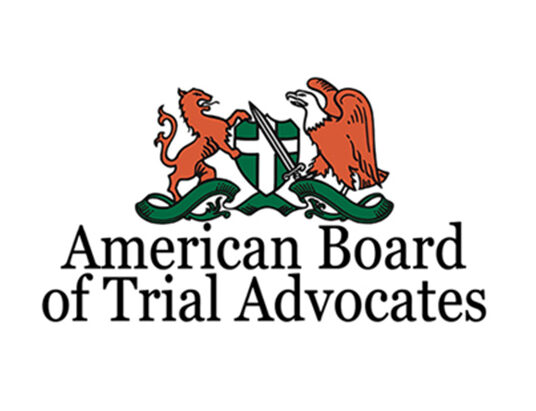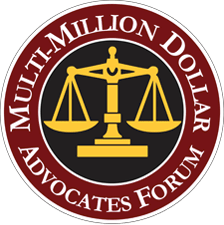Navigating intersections can be challenging, especially in busy areas like Daytona Beach. Understanding right-of-way rules is essential to ensuring safe travel and avoiding accidents.
Unfortunately, confusion about these rules often leads to collisions, leaving victims needing a car accident lawyer in Daytona Beach.
Whether you are a driver, cyclist, or pedestrian, knowing who has the right of way can help you stay safe and avoid an accident. Here, you can learn more about right-of-way laws at Daytona Beach intersections. You will also find some practical tips to help you navigate them safely.
Understanding Right of Way Rules
Navigating the various types of intersections in Daytona Beach requires a clear understanding of right-of-way rules. These rules are designed to facilitate smooth traffic flow and ensure the safety of all road users, including drivers, cyclists, and pedestrians.
You can significantly reduce the likelihood of accidents by familiarizing yourself with the specific regulations that apply to four-way stops, pedestrian crossings, traffic lights, and uncontrolled intersections.
Four-Way Stops
At a four-way stop, the general rule in Florida is that the first vehicle to come to a complete stop has the right of way. If two vehicles stop simultaneously, the driver on the left must yield to the driver on the right.
Familiarizing yourself with this rule can prevent mishaps and the need for a car accident lawyer in Daytona Beach. Always make eye contact with other drivers to confirm they understand the right of way.
Pedestrian Crossings
Florida law emphasizes the protection of pedestrians at crosswalks. Drivers must yield, stopping if necessary, when a pedestrian is crossing or appears to be about to cross the road.
Conversely, pedestrians must also exercise caution and wait for a safe opportunity to cross. Non-compliance could result in serious accidents.
Traffic Lights
When approaching an intersection with traffic signals, obeying the light indications is crucial. A green light gives the right of way to proceed, while a yellow light indicates to prepare to stop if it is safe. A red light mandates a full stop.
Ignoring traffic light rules can lead to severe collisions.
Uncontrolled Intersections
Uncontrolled intersections, typically in less busy areas or residential zones, can be especially tricky. In such cases, Florida law states that drivers must yield to any vehicle already entering the intersection.
If two vehicles arrive simultaneously, the driver on the left should yield to the driver on the right. Proper adherence to these rules can help avoid accidents.
Common Situations at Daytona Beach Intersections
Daytona Beach intersections can present various challenging scenarios for drivers, cyclists, and pedestrians. Understanding how to handle common situations at these intersections can enhance safety and minimize the chances of needing a car accident lawyer in Daytona Beach.
Let’s explore some frequent intersection scenarios you might encounter and how to navigate them effectively.
Left Turns
Making a left turn at an intersection requires careful attention to multiple factors. In Florida, drivers must yield to oncoming traffic and pedestrians.
It’s crucial to only turn when the path is clear and safe. Misjudging the speed or distance of oncoming vehicles often results in accidents, which may necessitate a consultation with a Daytona Beach injury attorney.
Roundabouts
Roundabouts are becoming more common in Daytona Beach, and knowing how to navigate them is essential. Vehicles entering the roundabout must yield to traffic already circulating within.
Once inside, continue driving in the circle until you reach your desired exit. Failure to yield the right of way can cause collisions and subsequent legal complications.
Crossing Bike Lanes
Intersections with bike lanes need extra precaution. Drivers must check for cyclists before turning or crossing bike lanes and yield if a cyclist is approaching the intersection. Likewise, cyclists should signal their intentions and ensure a safe path before proceeding.
Emergency Vehicles
When an emergency vehicle approaches an intersection, drivers must yield the right of way by pulling to the side of the road and stopping. If you are already in the intersection, continue and pull over. Failing to yield to emergency vehicles can lead to severe accidents and legal consequences.
By understanding how to handle these common situations at Daytona Beach intersections, you can contribute to safer roads and reduce the likelihood of accidents. Nevertheless, should an accident occur, consulting a Daytona Beach injury attorney can provide the necessary legal guidance to address the issue properly.
What to Do in Case of an Accident
Being involved in a car accident can be a traumatic and overwhelming experience. Knowing the appropriate steps immediately following an accident can help ensure everyone’s safety and protect your legal rights.
A clear action plan can make a significant difference, whether it’s a minor fender bender or a more serious collision. Below are key steps to follow if you are in an accident in Daytona Beach.
Ensure Safety
The first and most important step is to check if anyone is injured and call 911 for necessary medical assistance. Move to a safe location, such as the shoulder of the road, to avoid further traffic hazards. Use hazard lights to alert other drivers.
Contact Authorities
Call the police to report the accident to local authorities. They will document the incident and gather crucial information for the accident report, which could be vital for any subsequent legal or insurance proceedings.
Exchange Information
Collect contact and insurance details from the other parties involved in the accident. This includes names, phone numbers, addresses, driver’s license numbers, license plate numbers, and insurance policy numbers. Taking photos of the scene and any visible damages can also be helpful.
Seek Medical Attention
Even if you feel fine, seeking medical attention is advisable as some injuries may not be immediately apparent. Obtaining a medical evaluation can also serve as crucial evidence should you need to consult with a Daytona Beach injury attorney later on.
Notify Your Insurance Company
Contact your insurance company as soon as possible to report the accident. Provide them with all the necessary details and documentation, such as the police report and medical records, to facilitate the claims process.
Consult a Lawyer
If the accident resulted in significant damage, injuries, or disputes over fault, it’s wise to consult a car accident lawyer in Daytona Beach. A legal expert can guide you through the complexities of the claim process and ensure you receive the compensation you deserve.
By following these essential steps, you can effectively manage the aftermath of an accident and safeguard your interests.
Understanding Right-of-Way Laws in Daytona Beach
Navigating the intricacies of Daytona Beach intersections and knowing what to do in case of an accident is pivotal for ensuring your safety and protecting your legal rights. You can significantly reduce the likelihood of accidents by understanding common intersection scenarios, such as handling left turns, roundabouts, and bike lanes, and yielding to emergency vehicles.
Additionally, a clear post-accident action plan—ensuring safety, contacting authorities, exchanging information, seeking medical attention, notifying your insurance company, and consulting a lawyer—can help you manage the incident effectively.
Accidents can still happen despite all precautions, making it essential to know when to consult a car accident lawyer in Daytona Beach for expert legal guidance. At Zimmet & Zimmet, we can help protect your rights after an accident and ensure you secure maximum compensation for your injuries and losses.






